1. Brown Recluse Spider
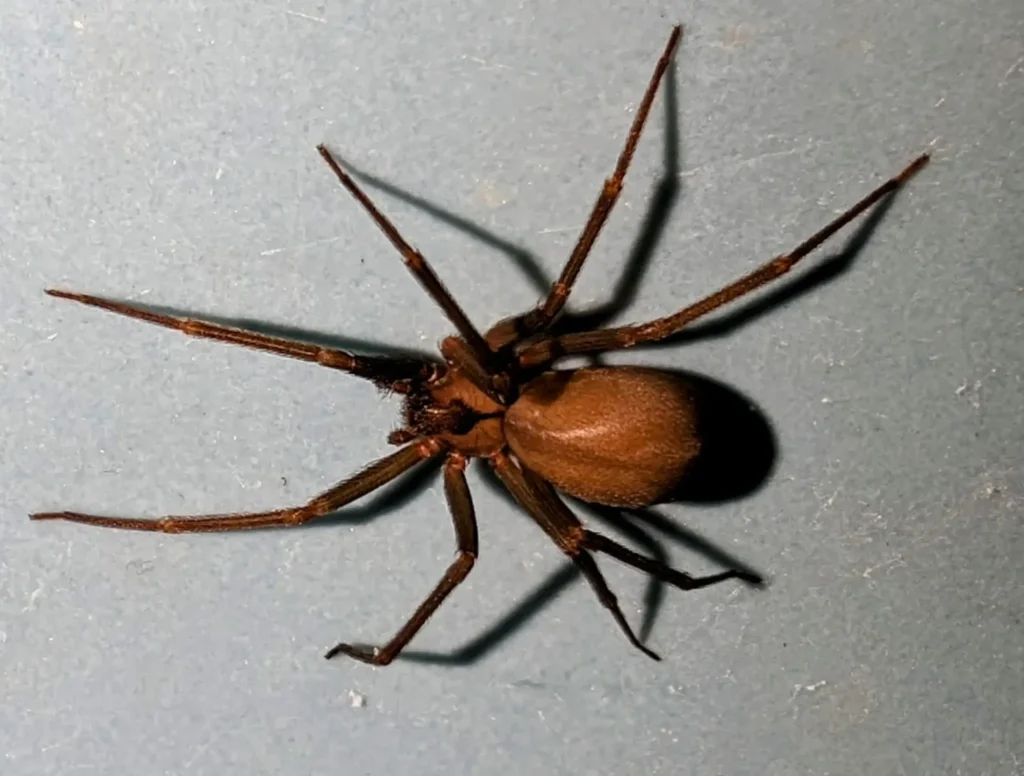
Known for its necrotic venom, the brown recluse spider can be found in dark, undisturbed areas like closets or basements. While bites are rare, they can cause severe skin damage and require immediate medical attention.
2. Black Widow Spider

Recognizable by its shiny black body and red hourglass marking, the black widow’s venom is 15 times stronger than a rattlesnake’s. These spiders often hide in woodpiles, garages, or outdoor furniture.
3. Arizona Bark Scorpion

This small but deadly scorpion is the most venomous in North America. It can often find its way indoors, especially in desert regions, hiding in shoes, bedding, or damp areas.
4. Fire Ants
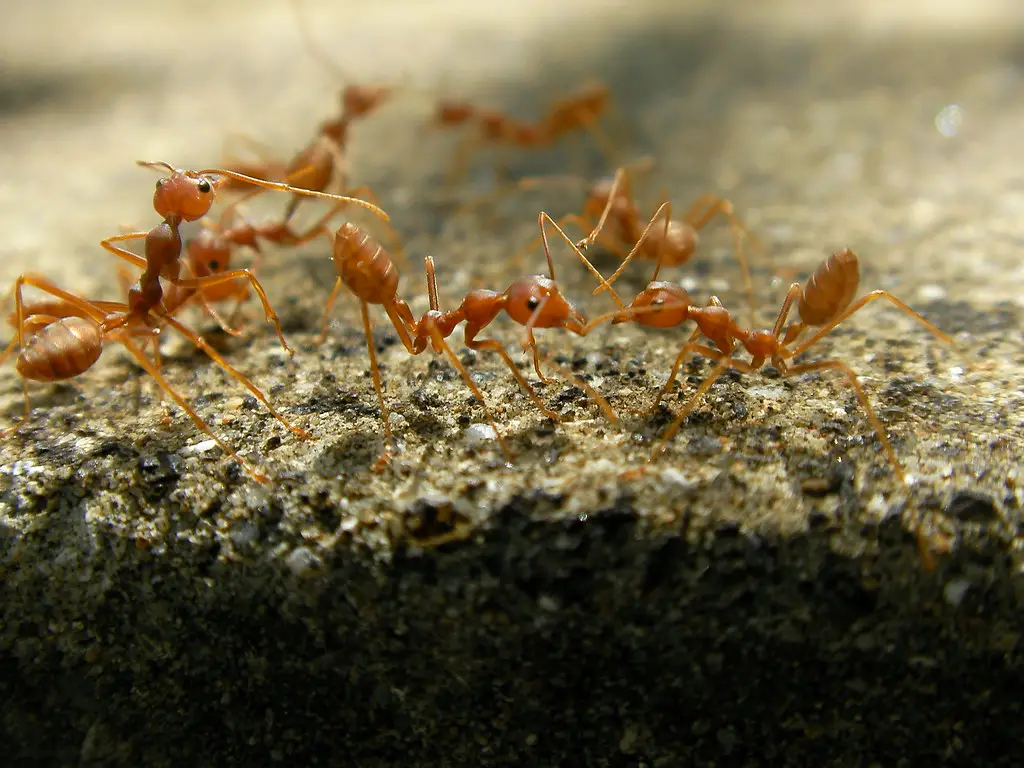
Fire ants pack a venomous sting that can cause painful welts and, in some cases, allergic reactions. Their nests are often in yards or gardens, but they can invade homes during heavy rains.
5. House Centipede
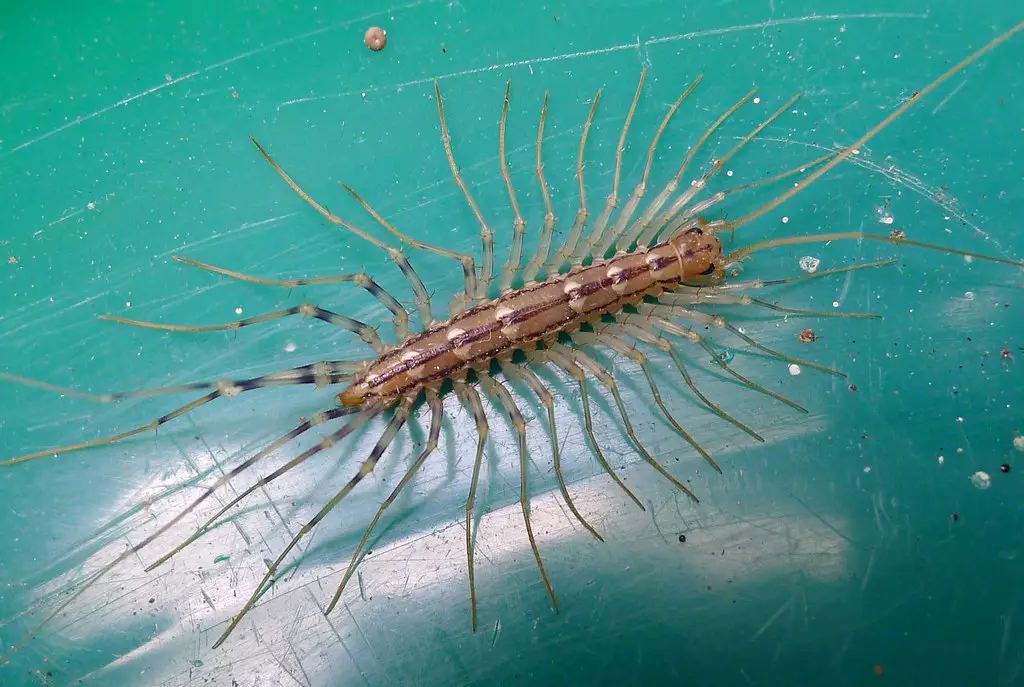
While not as dangerous as some other creatures, the house centipede’s venom can cause mild to moderate pain and swelling. These fast-moving pests are usually found in bathrooms or basements.
6. Hobo Spider

Often mistaken for harmless house spiders, hobo spiders deliver venomous bites that can result in tissue damage. They typically build funnel-shaped webs in quiet corners of homes.
7. Venomous Snakes
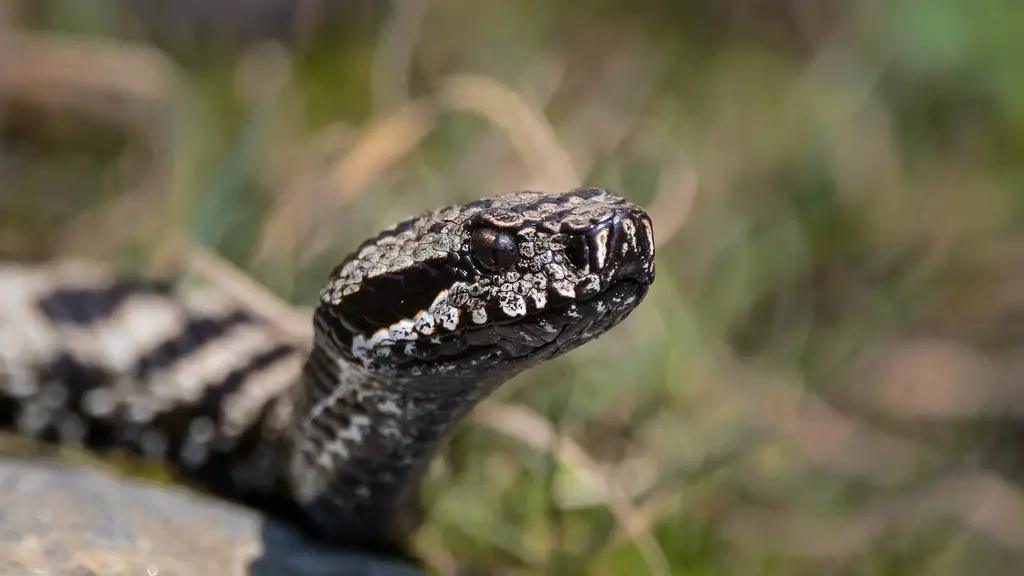
In certain regions, small venomous snakes like coral snakes or baby rattlesnakes can accidentally slither indoors. Their venom can be fatal, even in small amounts, so immediate action is crucial.
8. Cone Snails in Aquariums
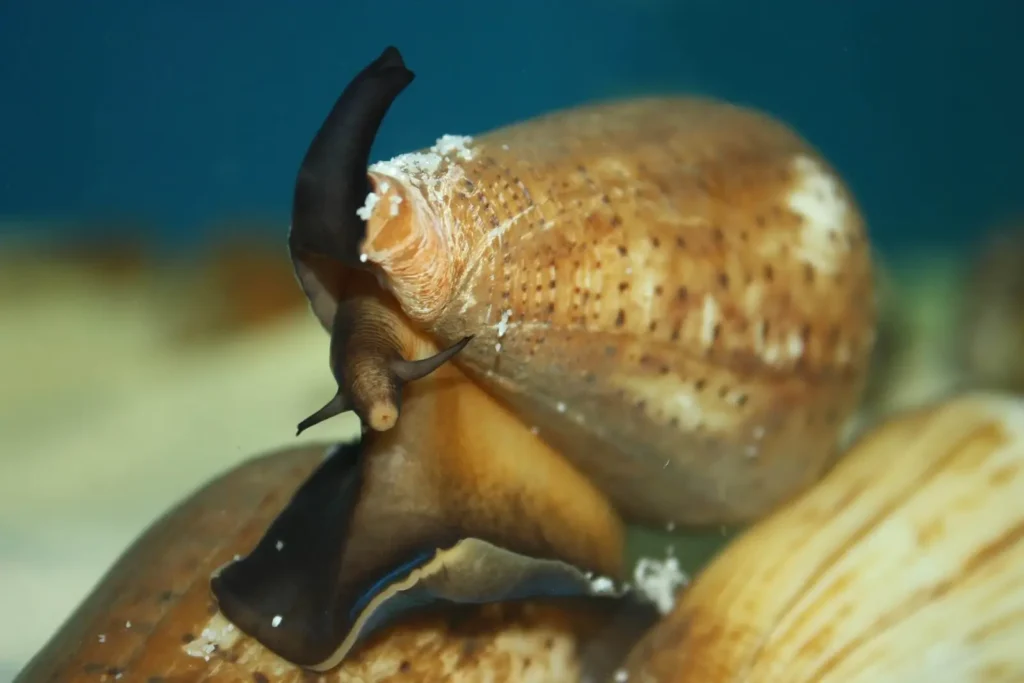
Exotic marine aquariums sometimes house cone snails, whose venom can paralyze prey. If mishandled, they pose a significant risk to human health, potentially causing paralysis or death.
9. Puss Caterpillars

These deceptively soft and furry caterpillars carry venomous spines under their hair-like bristles. Contact with them can cause intense pain, swelling, and even nausea.
10. Asian Giant Hornets (Murder Hornets)
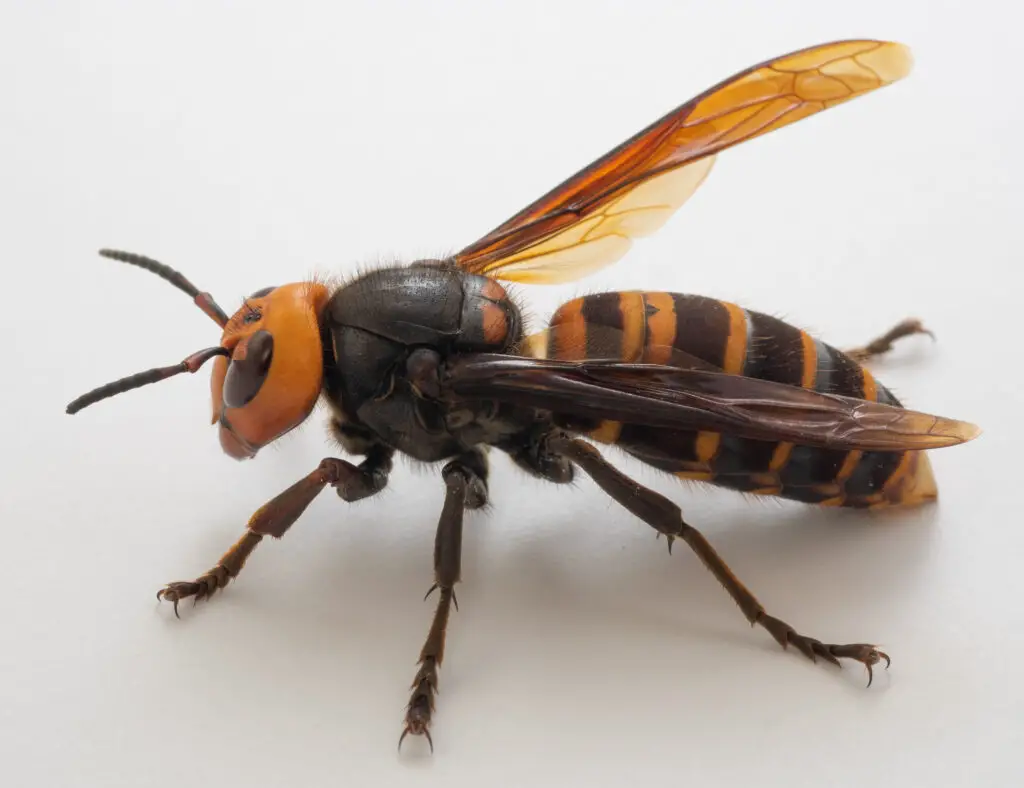
While less likely to nest indoors, these hornets can invade sheds or attics. Their venom is highly toxic and can cause tissue damage or even death in extreme cases.
11. Wolf Spiders
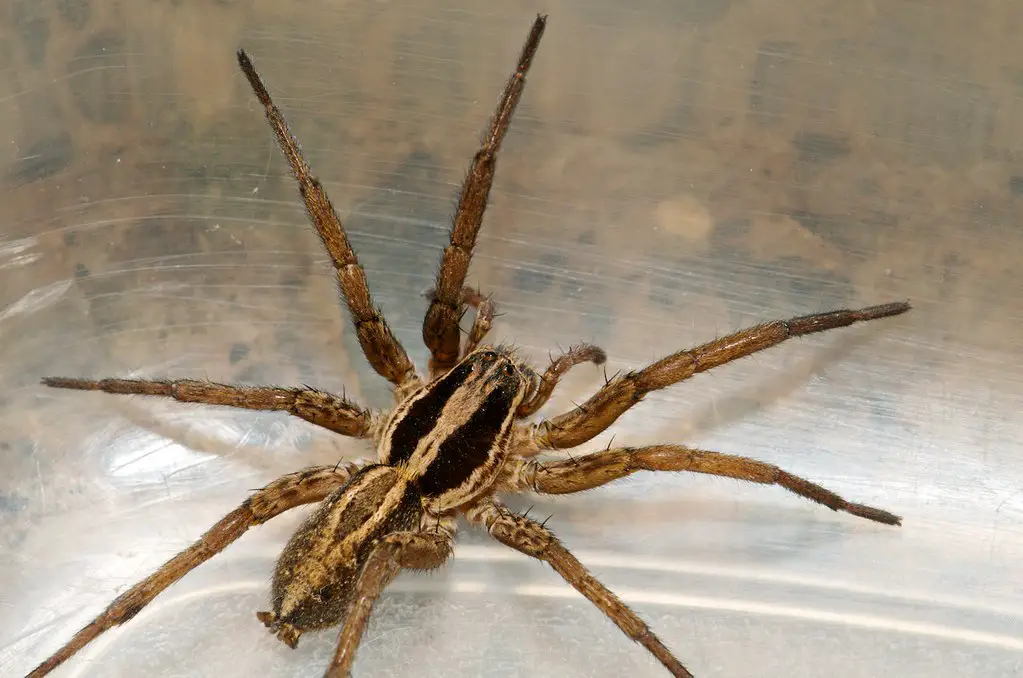
Though their bites are not typically life-threatening, wolf spiders deliver venom that can cause localized swelling and pain. They are fast and often hide in cluttered spaces.
12. Tarantulas
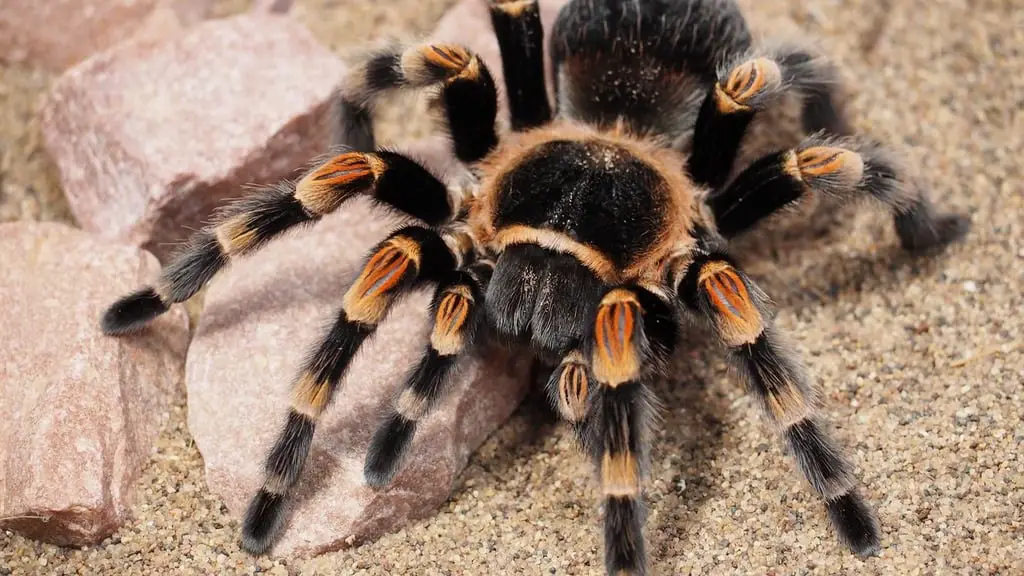
In some regions, tarantulas can become accidental intruders. While their venom is rarely fatal, their bites can cause significant pain and allergic reactions.
13. Mosquitoes
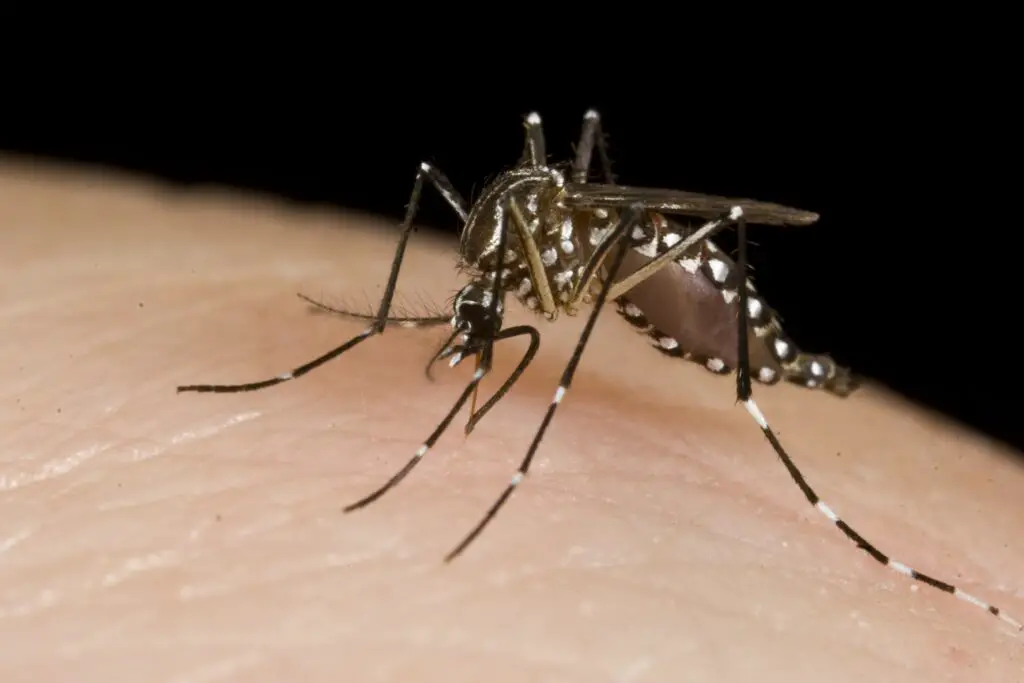
Though small, mosquitoes can carry venom-like saliva that spreads diseases such as malaria, Zika, and dengue fever. Standing water indoors or near your home can attract these pests.
14. Ticks
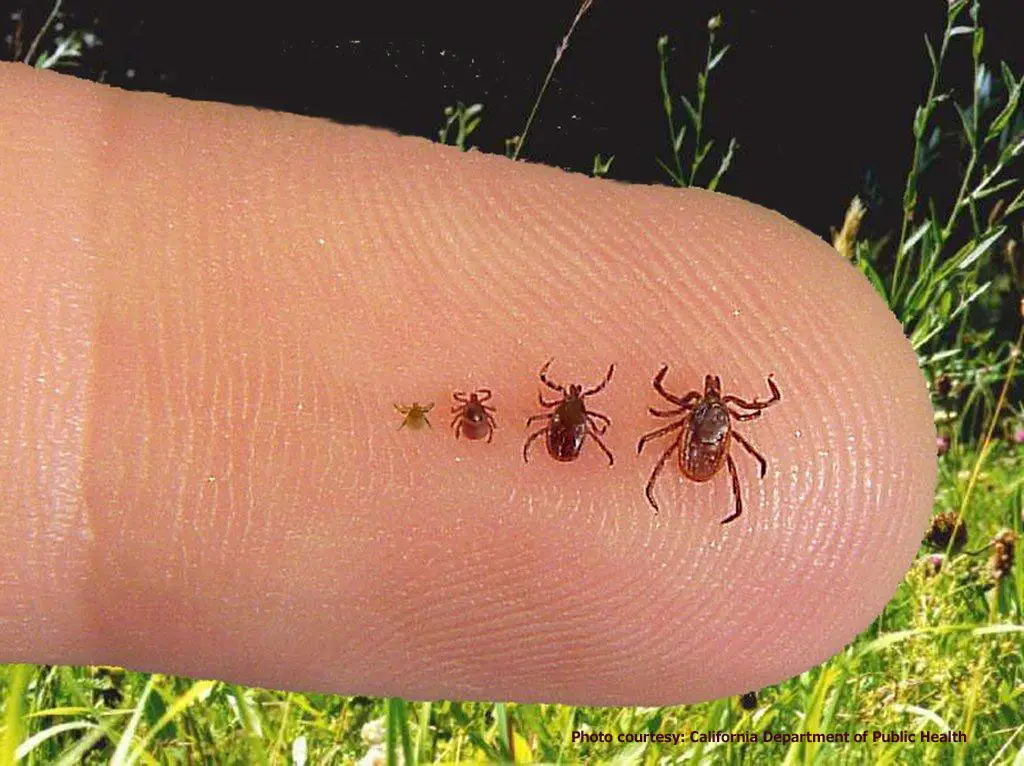
While not venomous in the traditional sense, ticks inject saliva that can transmit Lyme disease and other serious illnesses. They often hitch a ride indoors on pets or clothing.
